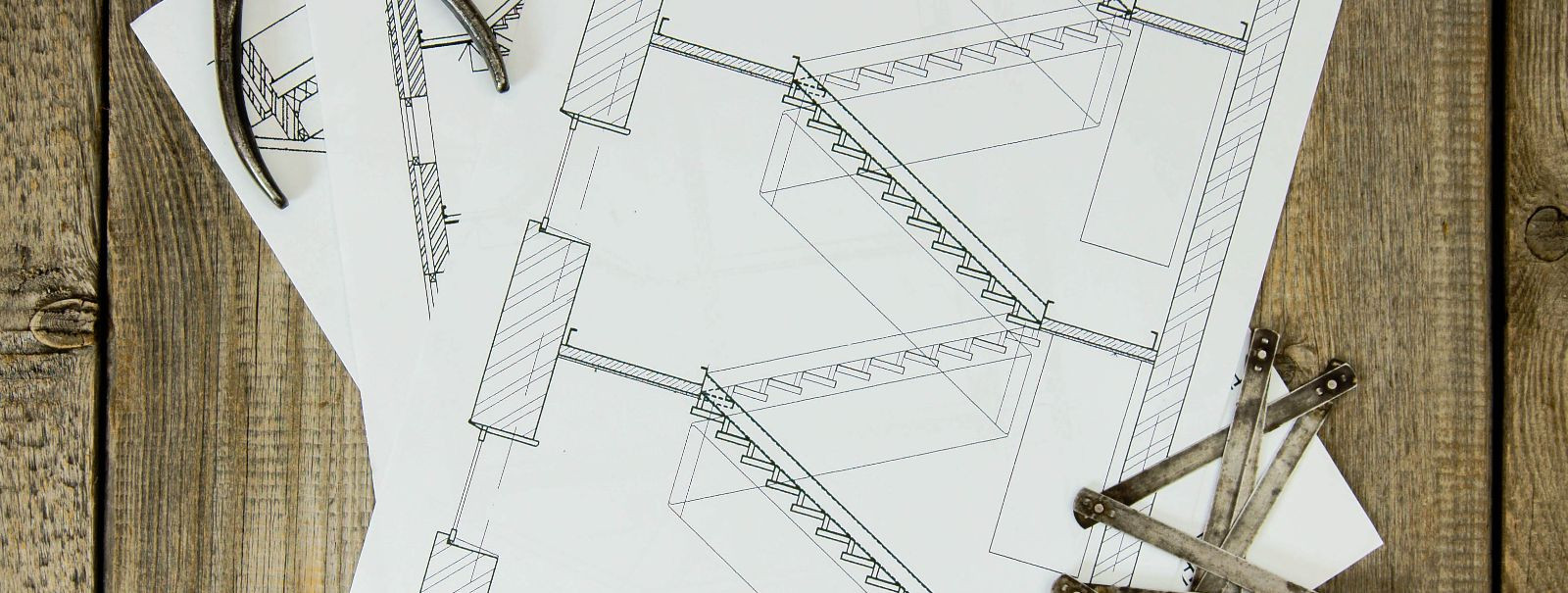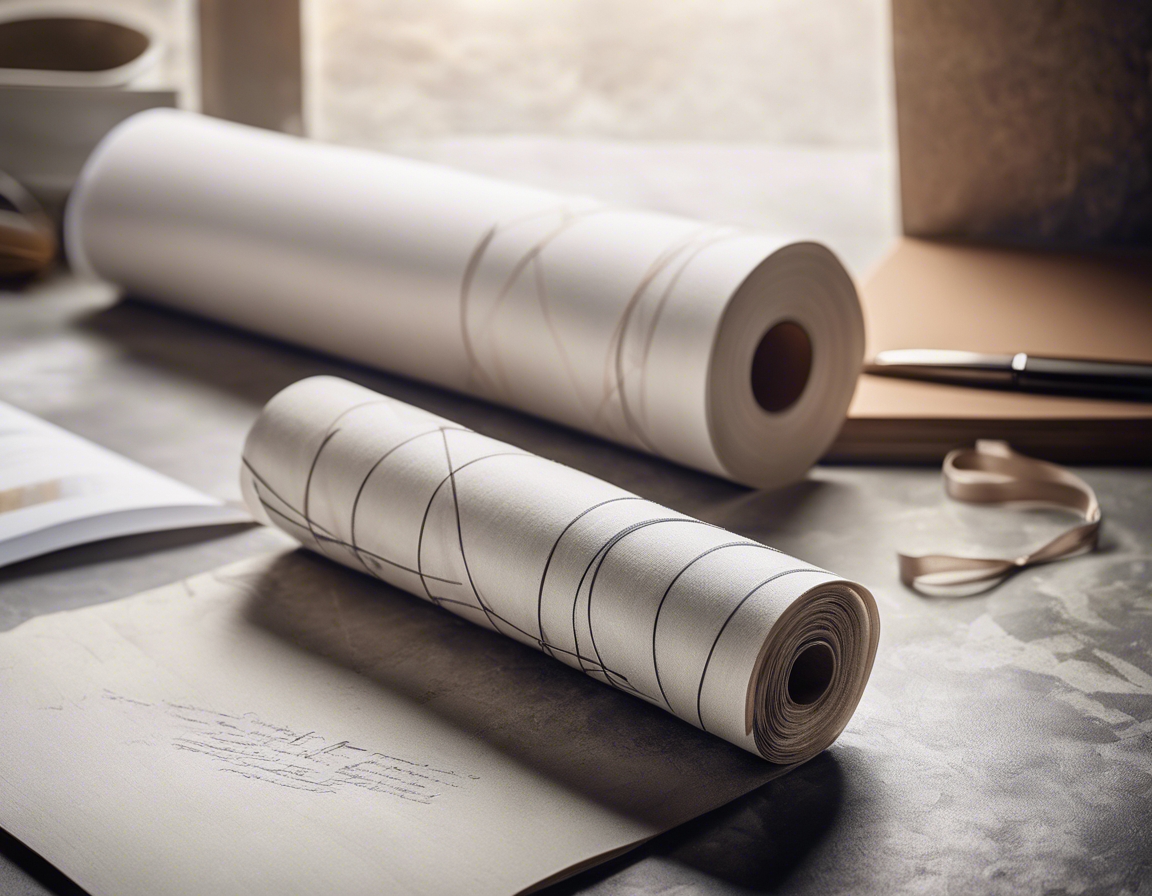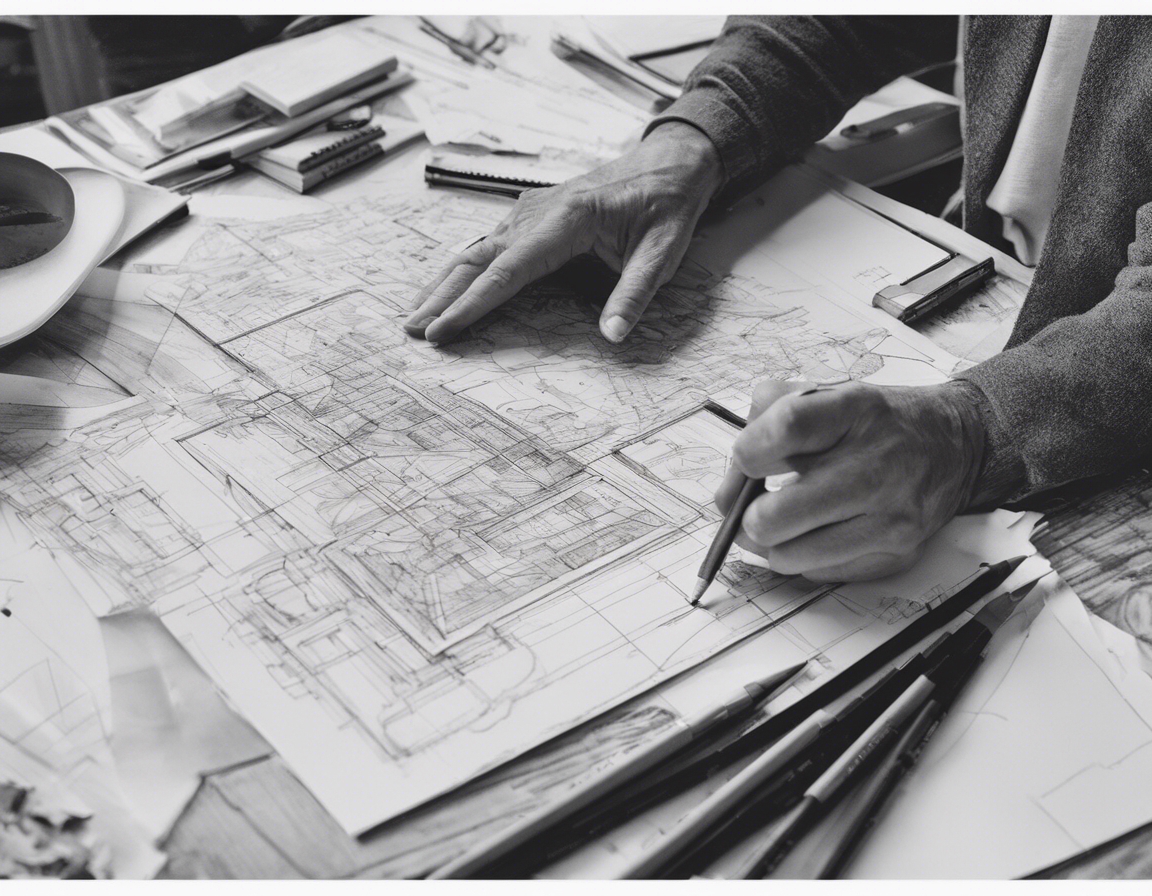5 ways production drawings can transform your next project
Production drawings, also known as working drawings, are comprehensive plans that provide detailed specifications for the construction of a project. They are the bridge between an architect's vision and the final physical structure, serving as a guide for builders and contractors. These drawings are crucial for ensuring that every aspect of the design is executed correctly, down to the smallest detail.
For architects, construction companies, and real estate developers, production drawings are not just plans; they are the blueprint for success. The precision and detail contained within these documents can significantly impact the efficiency and quality of a construction project.
1. Enhanced Accuracy and Precision
With detailed production drawings, the likelihood of construction errors is greatly reduced. These drawings provide clear guidelines for dimensions, materials, and installation processes, which help prevent misunderstandings and mistakes on the job site.
Clear, detailed production drawings facilitate communication among all parties involved in a project. They serve as a universal language that architects, engineers, contractors, and clients can all understand, ensuring that everyone is on the same page.
2. Streamlined Project Management
Production drawings play a pivotal role in coordinating the efforts of different teams. By providing a clear plan to follow, they help synchronize the work of architects, engineers, and construction workers, leading to a more efficient building process.
Accurate production drawings allow for better planning and allocation of materials and resources. This not only helps in avoiding wastage but also ensures that the right materials are available when needed, keeping the project on schedule.
3. Cost Reduction and Budget Control
One of the most significant benefits of production drawings is their ability to prevent costly revisions during construction. By ironing out potential issues during the planning phase, these drawings save time and money that would otherwise be spent on making changes after construction has begun.
Production drawings enable more accurate cost estimations by detailing every aspect of the project. This allows for a more precise budget, reducing the risk of unexpected expenses and helping to keep the project within financial constraints.
4. Compliance with Industry Standards
Adherence to building codes and regulations is essential for any construction project. Production drawings ensure that every element of the project complies with the relevant standards, which is crucial for obtaining building permits and avoiding legal issues.
Quality and safety are paramount in construction, and production drawings contribute to both by specifying the standards and practices to be followed. This ensures that the finished structure will be both durable and safe for occupants.
5. Facilitating Future Maintenance and Renovations
Production drawings serve as a valuable reference throughout the lifespan of a building. They provide detailed information that can be used for maintenance, repairs, and renovations, making future work on the building more straightforward and efficient.
For long-term building management, having a set of detailed production drawings is indispensable. They help facility managers understand the building's structure and systems, which is essential for effective maintenance and management.






Comments (0)